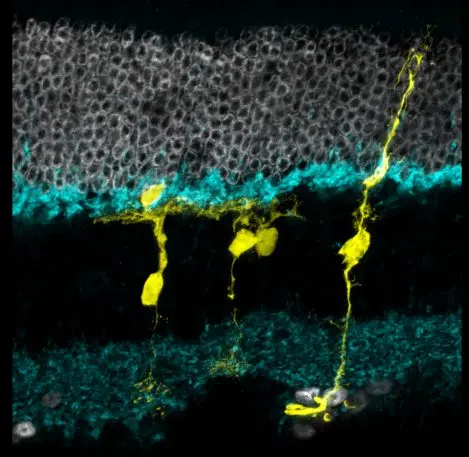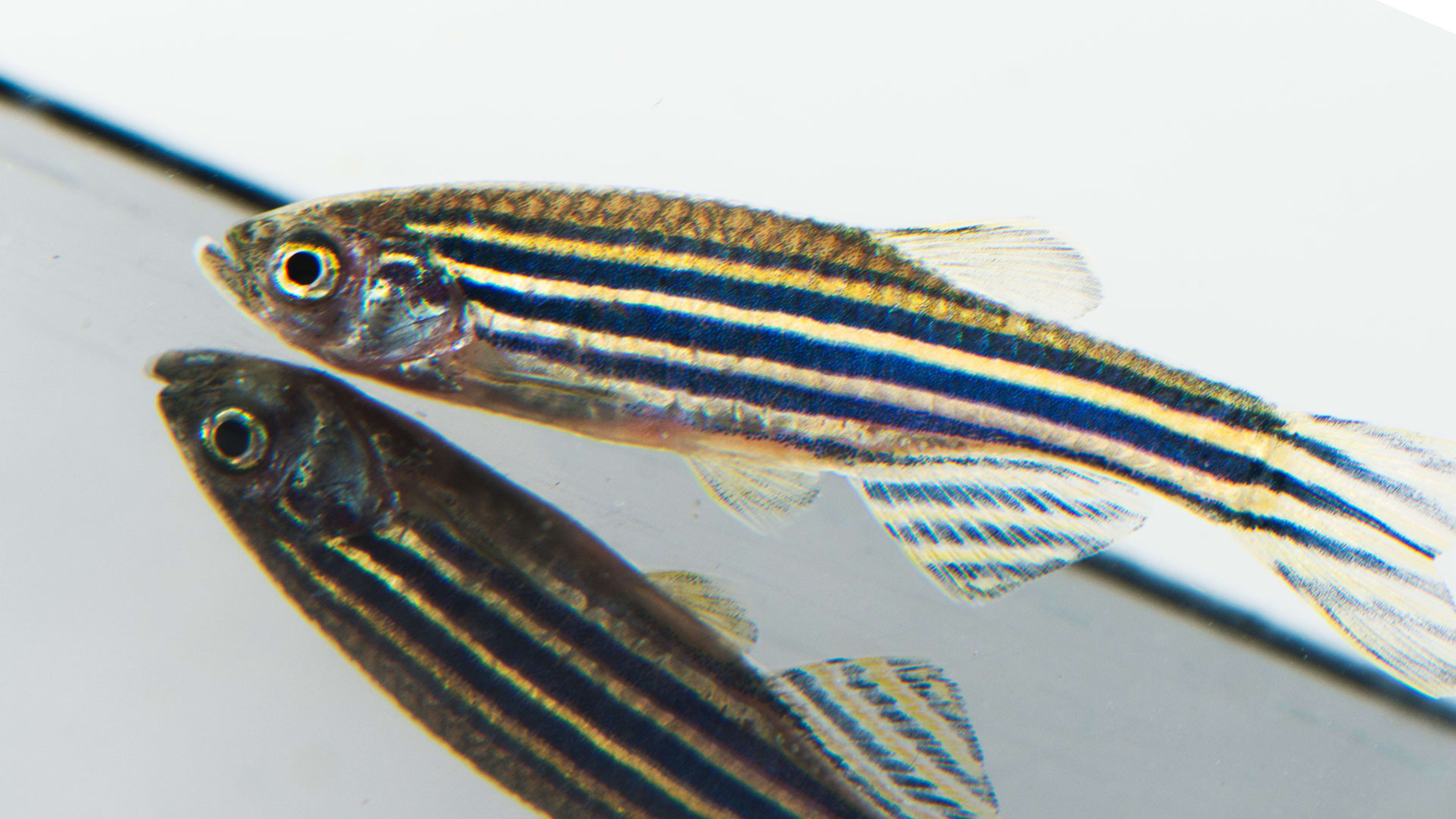Retinas, the image sensors of the eye, don’t heal after damage from an injury or a genetic disease—at least not in mammals like humans. But the retinas in some fish do regenerate. Today, researchers at the University of Washington in Seattle reported that they have hacked the cells of a mouse retina to act like those of a fish—not only growing new neurons, but also wiring those neurons up to other neurons that send signals to the brain.
This is a major step, though far from the last, toward restoring sight in people who have lost it due to retina damage from genetic diseases like retinitis pigmentosa, age-related diseases like macular degeneration, or side effects of diseases like diabetes. Retina damage isn’t the biggest causes of blindness. That would be cataracts, which affect the eye’s lens. But cataracts are curable with routine surgery. Retina damage is incurable.

Related: Researchers Have A Vision: Cure Blindness By Regrowing Retinas And Optic Nerves
Instead of trying to engineer a new drug that might unlock that DNA, the UW researchers pored through catalogs of existing drugs that might do the trick. They found one called Trichostatin-A (TSA), a hormonal treatment for breast cancer, that also happens to open up the regeneration DNA sequence. In an injured retina, these Müller glia cells treated with TSA transformed into two types of neurons, bipolar and amacrine cells, that are part of the retina’s internal wiring.
But the UW researchers haven’t yet produced the most important neurons: the photoreceptors that actually convert light into a signal for the brain. Other researchers have generated new photoreceptors from types of cells other than Müller glia, but they haven’t wired up to other neurons. The UW researchers expect their method could someday make not only photoreceptors, but ones that connect to the brain. That will be a bright day, indeed.
Recognize your brand’s excellence by applying to this year’s Brands That Matter Awards before the early-rate deadline, May 3.
